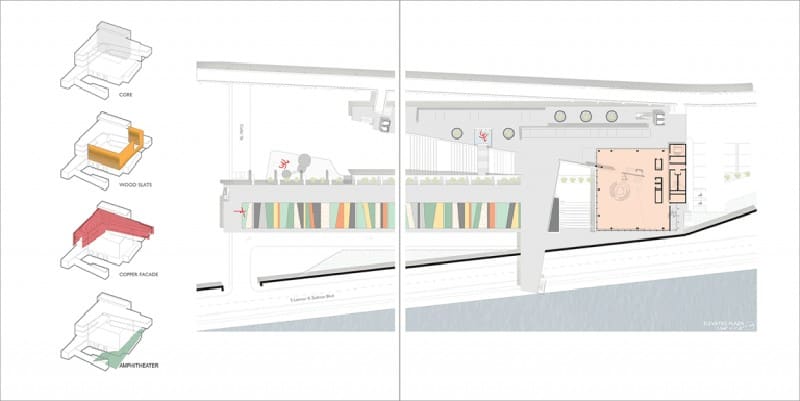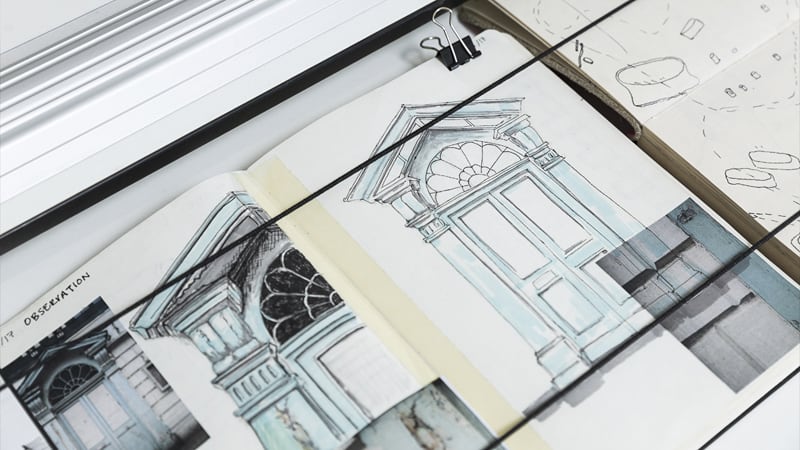Your architecture portfolio counts as the real first impression you make on potential clients and employers. It is a better indicator that you are good at what you do than any list of achievements. This is why it needs to stand out immediately and send a strong message.
With a website created specifically for your architecture portfolio, you give yourself an advantage. A simple yet effective website should not just include the projects you’re proud of, but your own personal branding as well. Using graphic design, you can design a logo, customize a theme, and inject your unique voice through every aspect. Here’s what you need to know.

There are two types of architects: those who chose the career out of a passionate creativity and those who simply felt it was the best fit. Every client and employer wants the former, even if they will settle for the latter. This is why having completed similar projects successfully in the past is not an indication that you are the person they truly want.
When you present your architecture portfolio, it is quickly apparent what type of architect you are. Your voice should be ubiquitous from the very first glance. And this is why graphic design can be so important.
Let’s first look at why you need a website for your portfolio.
Architecture portfolio website
A website is more than just a convenient way to present your portfolio. Rather, it can define the impression your portfolio makes. It shows that you are committed to your career and take yourself seriously. If it is well designed, it shows that you have a voice.
On your portfolio website, you should have a page with your bio and headshot. Your projects should be presented in a summarized list form, and viewers should be able to learn more by clicking on them. This way, they get to explore your work in as much detail as they want.

Now, how do you use graphic design to make it truly reflect you?Start with a logo
The idea of designing a logo for your portfolio website might seem strange at first. After all, this is meant to represent you, not a business. However, when it comes to personal branding in 2021, you are your business.
By setting yourself up as an expert in the field, with a career behind the wheel of which you firmly sit, you create confidence in yourself.
Your logo does not have to be complex or resemble that of a business. It should express your voice. It will be on the tab of the browser when someone is looking at your site, and will come up connected to your email address. You can even use it for letterheads, email signatures, and invoices.
A focal point
Your logo can be the focal point for the rest of your design. You can use a color palette inspired by it, giving your website a cohesive feel. Instead of having a disparate portfolio of various past projects, you’ll have a streamlined website that guides visitors from one great sample to the next.
Good graphic design skills will also help you determine the layout of your portfolio. You’re going to need to catch the attention of your visitors with popping images and short write-ups. Your layout needs to give enough space to each project without letting them take up the bulk of the screen.

Design a template
When a visitor clicks through to one of your samples, they should be presented with an intuitive page that shows off every feature of the project. To achieve this, you can design a template that suits each sample you include.
This template should have space for photos, organized in a way that leads the viewer from the starting point through the end. It should have space for the written specifications of the project, including when and where it was done, as well as relevant measurements. If there are websites of companies you have worked for that show off your projects, link to those as well.
Having a standard template that works for each project makes it easier for visitors to make sense of all the information you are providing without spending too much time on everything. This is particularly important if you have a lot of projects to display. It is great to be prolific, but it can leave visitors feeling too overwhelmed to get a real sense of any of your projects.
Your architecture portfolio is more than a sample pack. It is a branding exercise that sells you to potential employers and clients. It should reflect your creative expression, showing visitors that you are passionate about architecture and have a vision. Using graphic design in your portfolio website will make this clear to anyone interested in hiring you.
